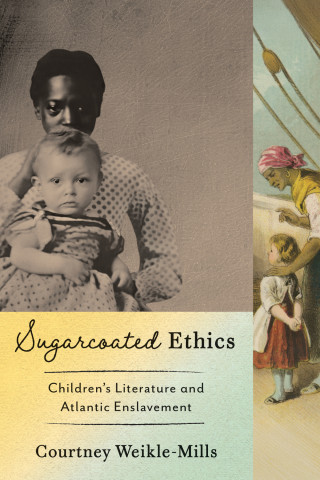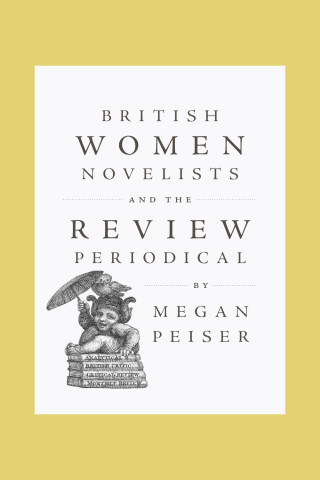
Reviews
Among those texts that attend both to historical environment and formal or generic pressures, Jonathan H. Grossman's The Art of Alibi stands out.
[An] absorbing study of the cultural influence of the law courts on the Victorian novel... Grossman's refusal to simply draw an analogy between trials and novels distinguishes his argument from others working in the crossover territory between legal studies and literary criticism.
Grossman's innovative study is a provocative reconsideration of the early nineteenth-century novel and should stimulate further exploration of the generative intersection of law and literature.
Jonathan Grossman offers an important exploration of the relationships of physical, political, and narrative forms of the law in the early Victorian period. His powerful readings form an essential tool for understanding the way writers like Dickens and Gaskell used juridical forms to make important innovations in literary form. His use of visual material as well as court records to illuminate these readings is marvelous.
The crossover territory between legal studies and literary criticism is a subject of central interest to scholarship. Grossman's study deals with this subject in a fresh and vigorous manner that presents a young critic who will make his mark.
Book Details
List of Illustrations
Acknowledgments
Introduction
Chapter 1. From Scaffold to Law Court, from Criminal Broadsheet and Biography to Newspaper Novel
Chapter 2. Caleb Williams and the Novel's Forensic Form
C
List of Illustrations
Acknowledgments
Introduction
Chapter 1. From Scaffold to Law Court, from Criminal Broadsheet and Biography to Newspaper Novel
Chapter 2. Caleb Williams and the Novel's Forensic Form
Chapter 3. Mary Shelley's Legal Frankenstein
Chapter 4. Victorian Courthouse Structures
Chapter 5. Mary Barton's Telltale Evidence
Chapter 6. The Newgate Novel and Advent of Detective Fiction
Conclusion
Notes
Index





